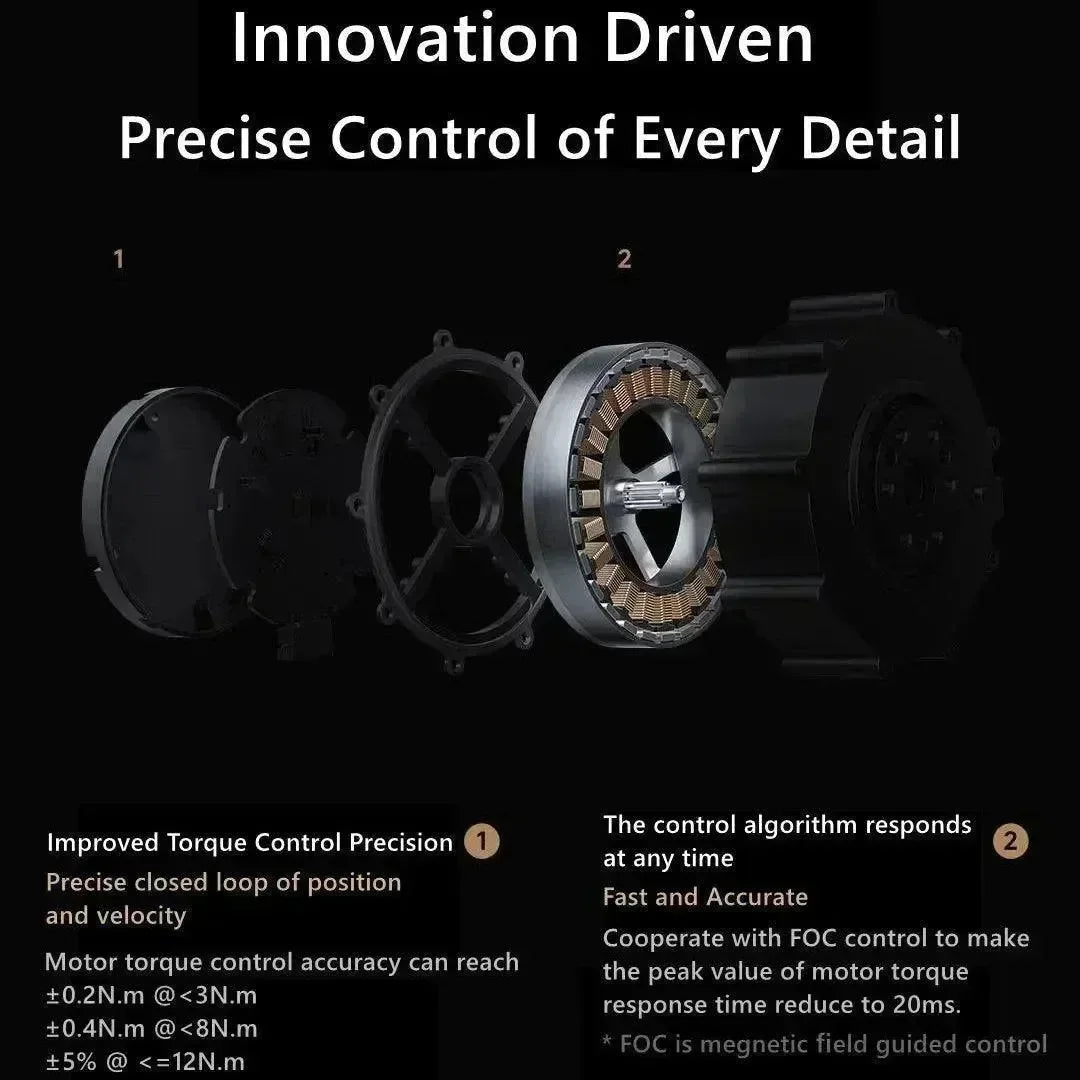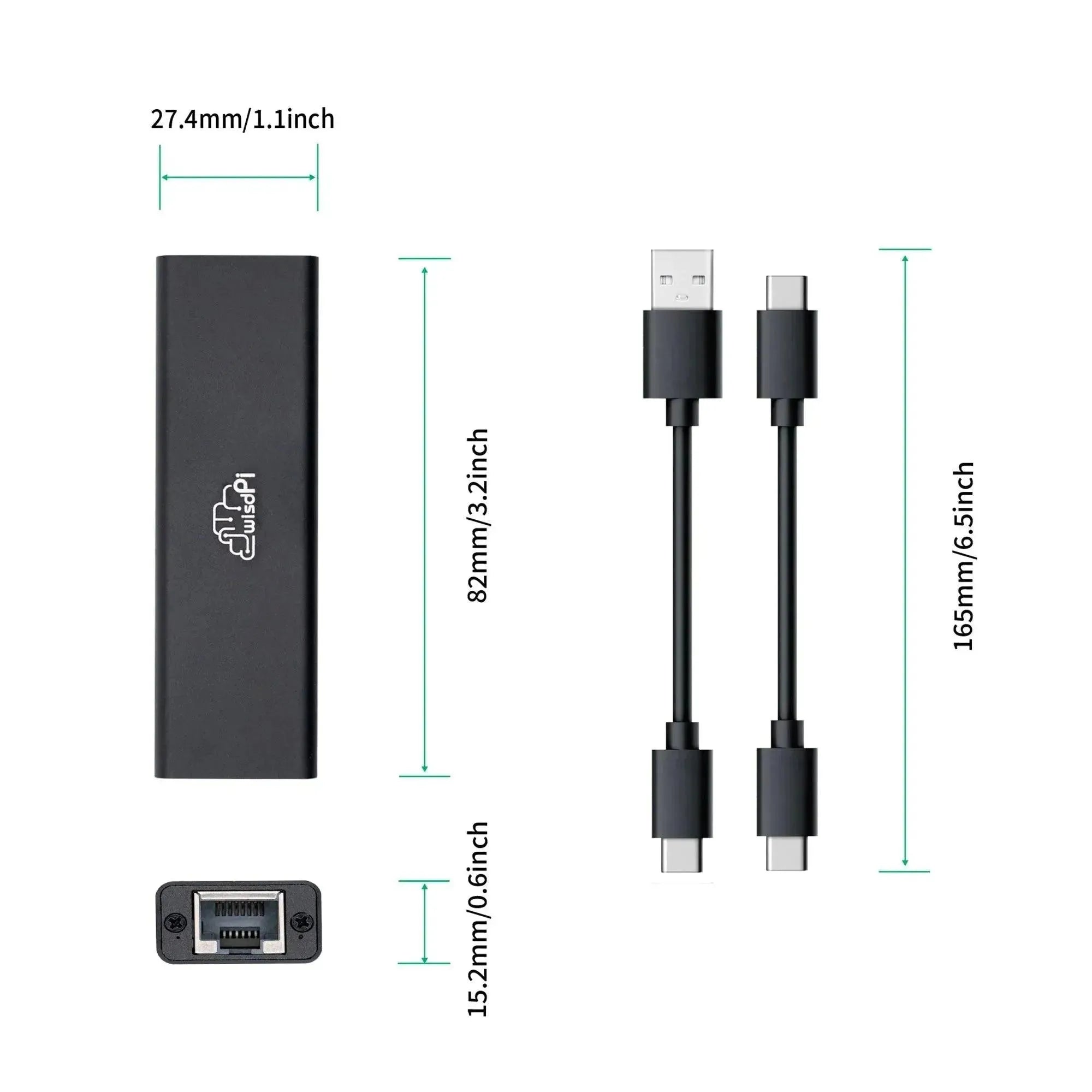Gute Nachrichten! M5Stack hat ein neues Produkt auf den Markt gebracht, die TimerPWR Unit. Lassen Sie uns untersuchen, wie man es verwendet.
Was ist eine TimerPWR-Einheit?
Die TimerPWR Unit ist ein vielseitiges zeitgesteuertes Stromversorgungsmodul, das Laden, Entladen und Schalten ermöglicht >, Anzeige und Boost-Funktionen. Es verfügt über einen STM32-Mikrocontroller für eine präzise Leistungssteuerung, sodass Benutzer automatische Ein-/Ausschaltpläne festlegen können. Das Gerät wird über eine Typ-C-Schnittstelle mit Strom versorgt und kann über eine 1,25-2P-Schnittstelle an eine externe Batterie angeschlossen werden.
Ausgestattet mit einem 330mA Batterieladegerät und einem Boost-Schaltkreis, der 5V/800mA (oder 1400mA mit 1C Batterieleistung) an externe Geräte über den Grove-Port liefert, ist die TimerPWR-Einheit gut für verschiedene Anwendungen geeignet. Der INA3221-Sensor bietet eine Echtzeitüberwachung des Stromverbrauchs und der Stromabgabe. Darüber hinaus verfügt er über ein 0,66-Zoll OLED-Display und zwei Seitentasten für die Benutzerinteraktion, die es ermöglichen, Einstellungen wie Strom ein-/aus Zeitpläne über die Tasten oder über den I2C-Bus mit der Grove-Schnittstelle anzupassen.
Dieses Produkt ist ideal für Smart Home-Systeme, Industrieautomatisierung und zeitgesteuerte Steuergeräte und bietet eine robuste und anpassungsfähige Energieverwaltungslösung für verschiedene Setups.
Überblick
Das Beispieldiagramm von M5Stack veranschaulicht den Aufbau der Batterieschnittstelle für die TimerPWR-Einheit. Es zeigt sich, dass der Akku über diese Schnittstelle sowohl geladen als auch entladen werden kann. Darüber hinaus kann der USB-Anschluss externe Geräte entweder direkt mit Strom versorgen oder bei Bedarf den Akku aufladen und bietet so flexible Energieverwaltungsoptionen für die TimerPWR-Einheit.
Vorderseite

Zurück
Die TimerPWR-Einheit nutzt einen LG4056-Akku- Lade- und Verwaltungschip für eine effiziente Akkuhandhabung sowie einen 0,66-Zoll-OLED-Bildschirm für die Anzeige. Es wird von einem STM32G0-Mikrocontroller angetrieben, der in einem extrem stromsparenden Stoppmodus arbeitet, der nur 3-8μA benötigt, was ihn sehr energiereich macht -Effizient für den längeren Einsatz in Anwendungen mit geringem Stromverbrauch.

Innen
Das interne Design der TimerPWR-Einheit ist beeindruckend kompakt und umfasst eine MCU, eine Batterieladeschaltung, eine >Buck-Boost-Wandler, ein Typ-C-Anschluss und zwei Tasten, alles in einem kleinen, effizienten Layout. Dieses stromlinienförmige Design maximiert die Funktionalität bei minimalem Platzbedarf, ideal für kompakte elektronische Projekte.

Prüfen
Batterie
Beginnen wir zunächst mit dem Anschließen der Batterie an die TimerPWR-Einheit. Beachten Sie, dass dieses Gerät einen umgekehrten JST-Anschluss verwendet. Daher müssen Sie die Batterie entsprechend vorbereiten, um eine ordnungsgemäße Ausrichtung sicherzustellen. Befolgen Sie die gezeigte Einrichtung, um Verbindungsprobleme zu vermeiden.

LEDs
Als nächstes löten Sie eine LED an den Grove-Draht. Mit diesem Setup kann die LED einfach über die Grove-Schnittstelle an die TimerPWR-Einheit angeschlossen werden, sodass Sie die Leistungsabgabe testen und die Funktionalität der Einheit visualisieren können. Stellen Sie sicher, dass Sie die LED sorgfältig an die richtigen Drähte anlöten, um einen ordnungsgemäßen Betrieb zu gewährleisten.

Anschluss und Einrichtung
Beginnen Sie damit, die Batterie und die LED (über das Grove-Kabel) an die TimerPWR-Einheit anzuschließen. Sobald die Verbindung hergestellt ist, sollte die LED aufleuchten, was anzeigt, dass die TimerPWR-Einheit korrekt Strom liefert und die Verbindungen wie erwartet funktionieren.

Konfigurieren Sie als Nächstes die TimerPWR-Einheit, um ein hohes Niveau für zwei Sekunden und ein niedriges Niveau für drei Sekunden auszugeben. Dies wird einen Ein/Aus-Zyklus für die angeschlossene LED erzeugen, sodass sie zwei Sekunden lang leuchtet und dann drei Sekunden lang ausgeschaltet wird, wiederholt. Diese zeitgesteuerte Steuerung kann verwendet werden, um die Fähigkeit der TimerPWR-Einheit zu testen, Leistungsintervalle zu verwalten.

Ergebnisse
Freut mich zu hören, dass es gut funktioniert hat! Hier sind ein paar lustige Projektideen, die Sie mit der TimerPWR-Einheit ausprobieren können:
-
Automatisches Pflanzenbewässerungssystem: Verwenden Sie die TimerPWR-Einheit, um eine kleine Wasserpumpe zu steuern und zeitgesteuerte Bewässerungszyklen zu erstellen. Kombinieren Sie es mit einem Bodenfeuchtigkeitssensor, um die Pflanzen nur bei Bedarf zu bewässern.
-
Ladegerät für tragbare Geräte mit zeitgesteuerter Abschaltung: Erstellen Sie ein Ladegerät für Mobilgeräte, das nach einer festgelegten Zeitspanne automatisch stoppt und so dazu beiträgt, die Batteriegesundheit zu erhalten. Sie können auch ein Display hinzufügen, um den Ladestatus und die Ladezeit zu überwachen.
-
Bewegungsaktiviertes Nachtlicht: Kombinieren Sie einen Bewegungssensor mit der TimerPWR-Einheit, um ein LED-Licht zu steuern, das nach der Bewegungserkennung für eine bestimmte Zeit eingeschaltet bleibt – ideal für Flure oder Treppen.
-
Zeitgesteuerte Stromversorgung für IoT-Geräte: Verwenden Sie die TimerPWR-Einheit, um die Stromversorgung für einen IoT-Sensor oder ein IoT-Gerät zu steuern, das nur in bestimmten Intervallen laufen muss, um so den Akku zu schonen.
Lassen Sie mich wissen, ob einer davon Interesse weckt, oder wir können gemeinsam weitere Ideen entwickeln!
























































































